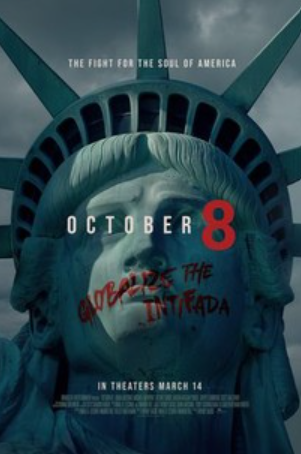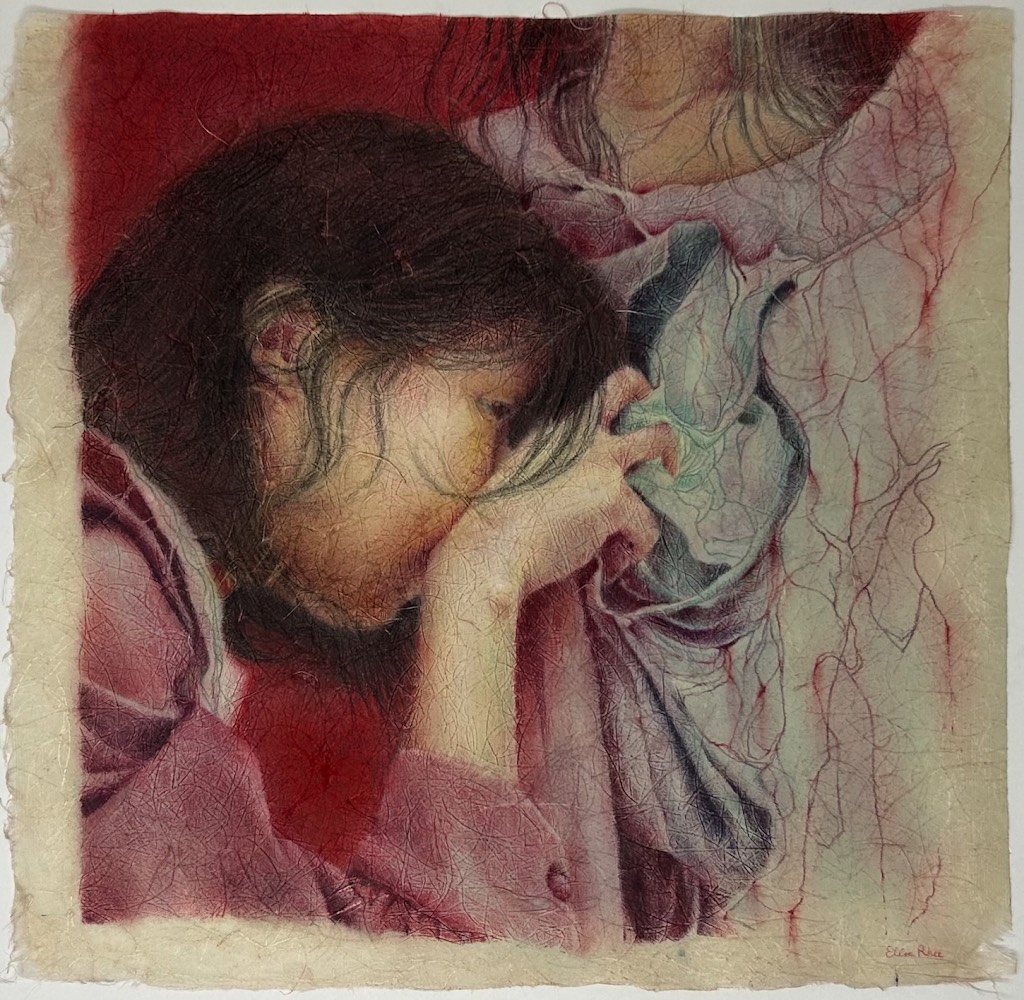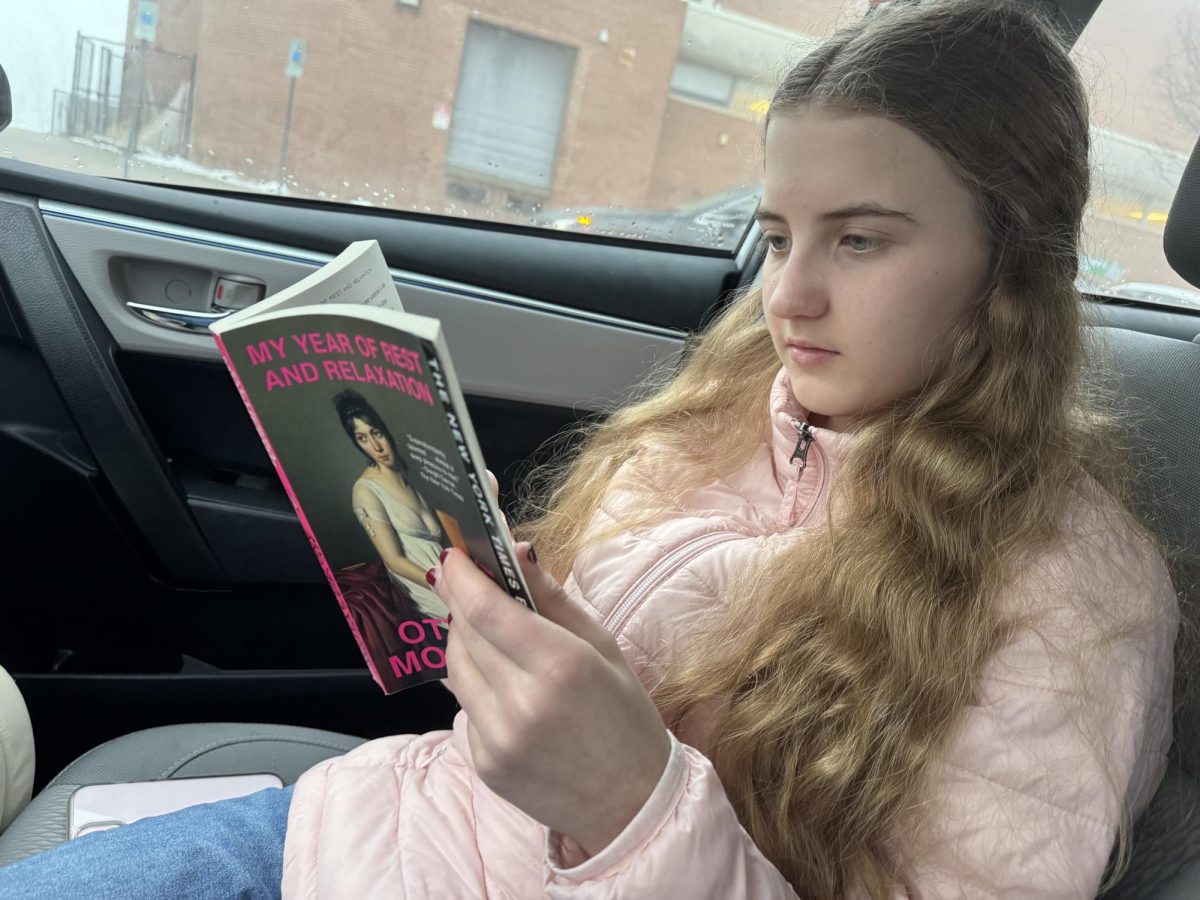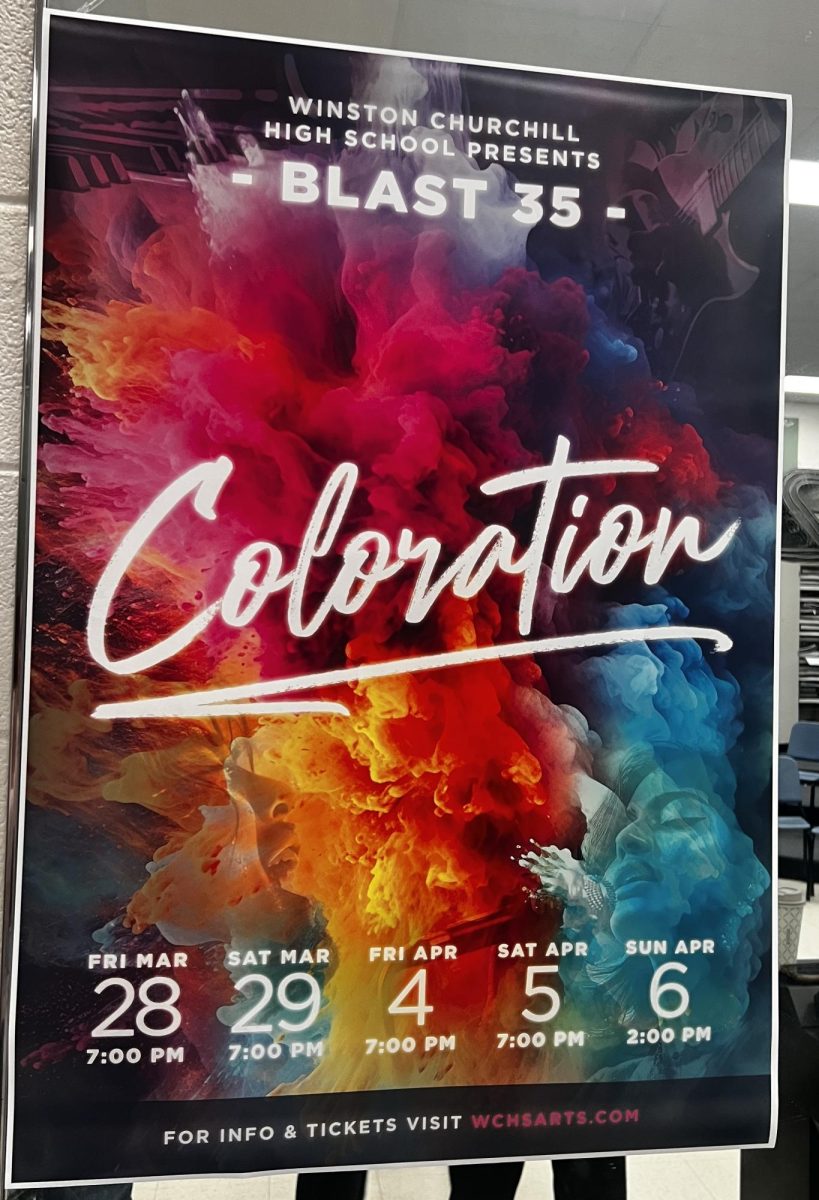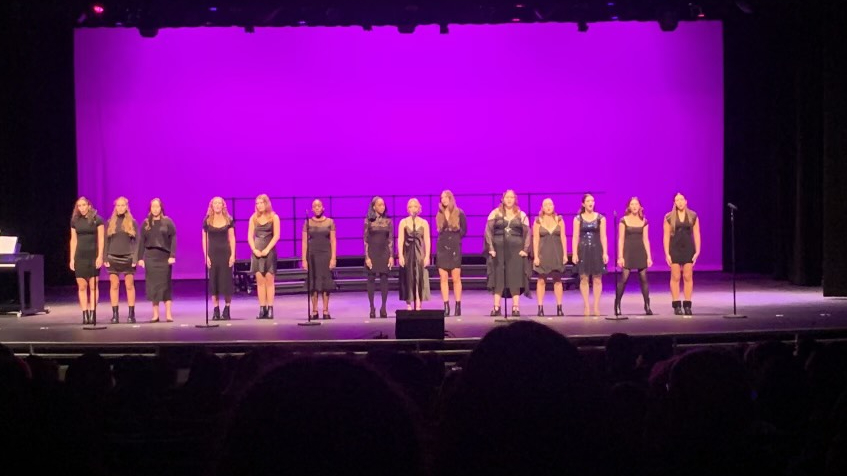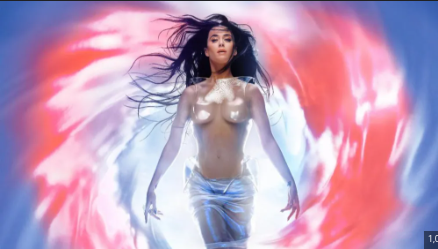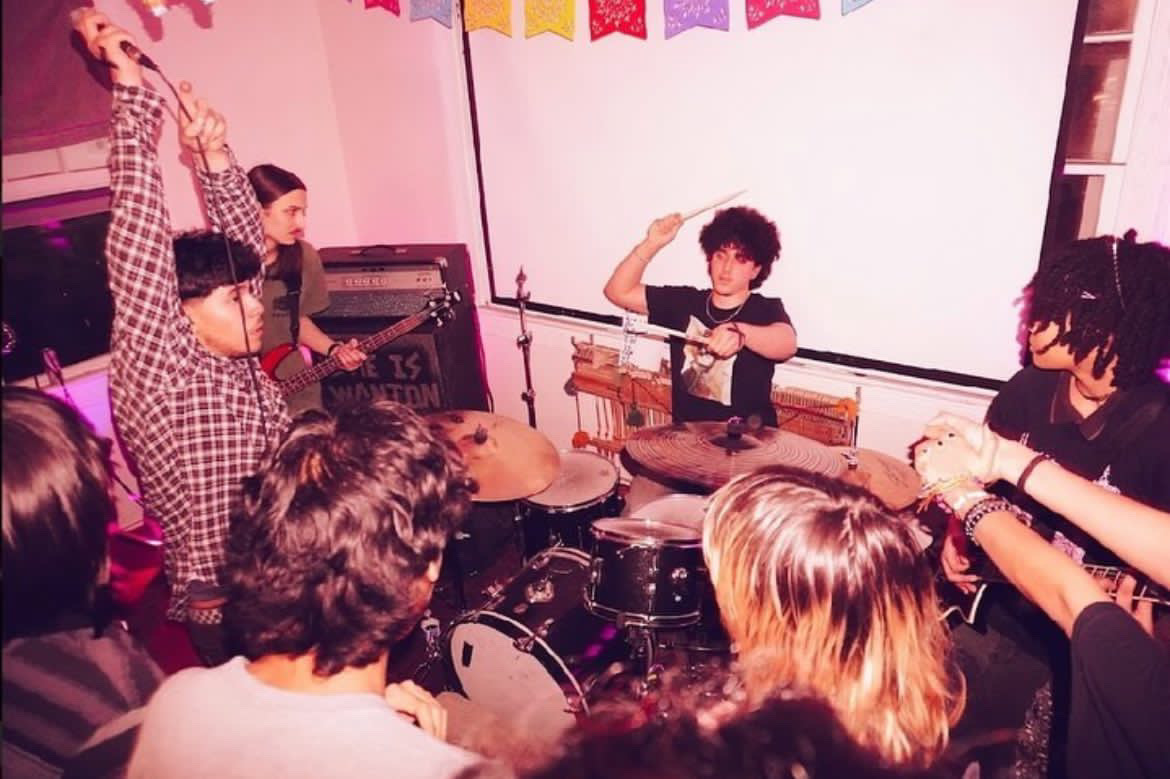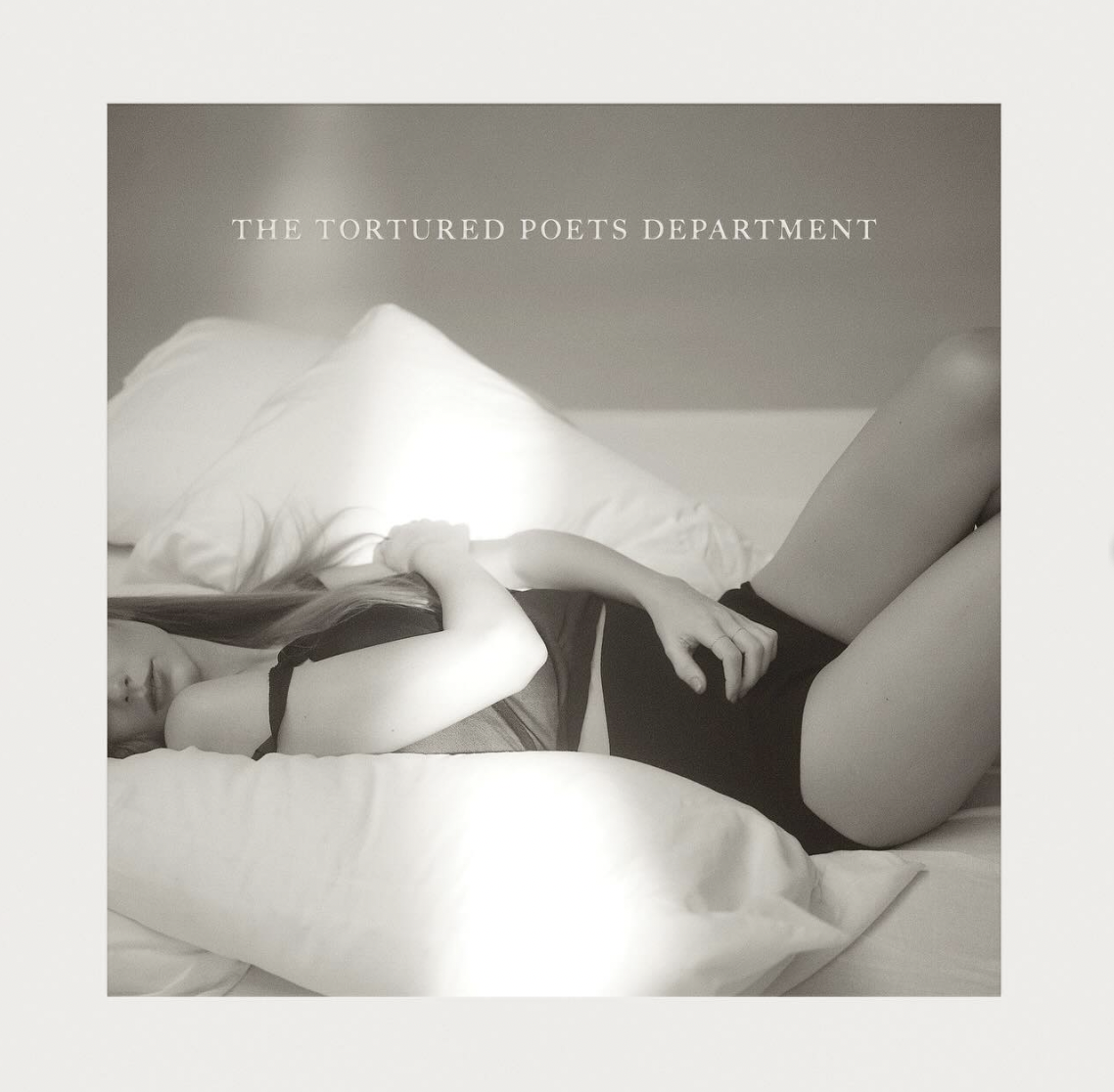Throughout her first several years in the spotlight of the present rap scene, Nicki Minaj has been going through multiple phases a year in an attempt to please the ears of modern music’s diverse audience. Following her platinum 2010 debut Pink Friday, Nicki has returned with a sophomore serving in an attempt to prove her loyalty to her rap roots, one that probably will create an opposite effect in her early fans.
Nicki’s fight for respect in the rap game largely shapes the opening sound of Pink Friday: Roman’s Reloaded, as the songstress tries to back up her “rapper” title by offering extended rap verses over trunk-rattling production. Songs like “I Am Your Leader” and “Champion” include several features from well-established rappers, including surprise guests Cam’ron and Nas as well as usual suspects Rick Ross and Lil Wayne.
While her knack for features proves profitable and profound, her actual pursuit of quality seems scarce as most of these tracks involve minimalistic production and lazy lyrics. While she received much criticism for her lack of raw rap on her debut, meaningless lines like “Bite me, Apple sign” flood her album while doing little to silence her critics or boost her street cred.
Many of her rap songs give other artists room to shine, as 2 Chainz is the highlight of “Beez in the Trap” and Lil Wayne steals the show on the album’s title track. Even her attempts at creating a radio-ready R&B song stop short with the inclusion of singer Chris Brown on “Right by My Side.”
Although early talks of her second album came with promises for more alter-egos, or at least evolution of Minaj’s already-over-the-top alternative personalities, songs like “Roman Holiday” and “Come on a Cone” offer much to be desired while making as much sense as her bizarre characters themselves.
Even though Minaj’s December 2011 promotion single “Roman in Moscow” featured the rugged production style and unrefined lyrics last heard during her underground days, neither the track nor that raw style are seen on the album’s offical tracklist. Instead, Nicki spends her first nine tracks proving her lyrical abilities to listeners with no avail, only to switch to a strongly house and techno-inspired sound for the rest of her album as she tries to connect with her Pink Friday-era fans.
Unfortunately, her Top 40-style pop sounds only irritate her most loyal rap fans, as every other song after “Starships” sounds essentially the same.
What Nicki fails to realize is that diversity isn’t calculated by a formula; it begins with the same passion and drive that once fueled Minaj and transformed her from Queens underground rapper to worldwide pop sensation. Nicki Minaj succumbed to the pressures that create the dreaded sophomore slump. Instead of creating a path to higher platforms and musical evolution, Minaj released a serving of leftovers in an attempt to stay buzzing on the radio. While the only thing left to question is the future direction of the rapper-turned-singer, her newest project leaves little hope and much to be desired.


